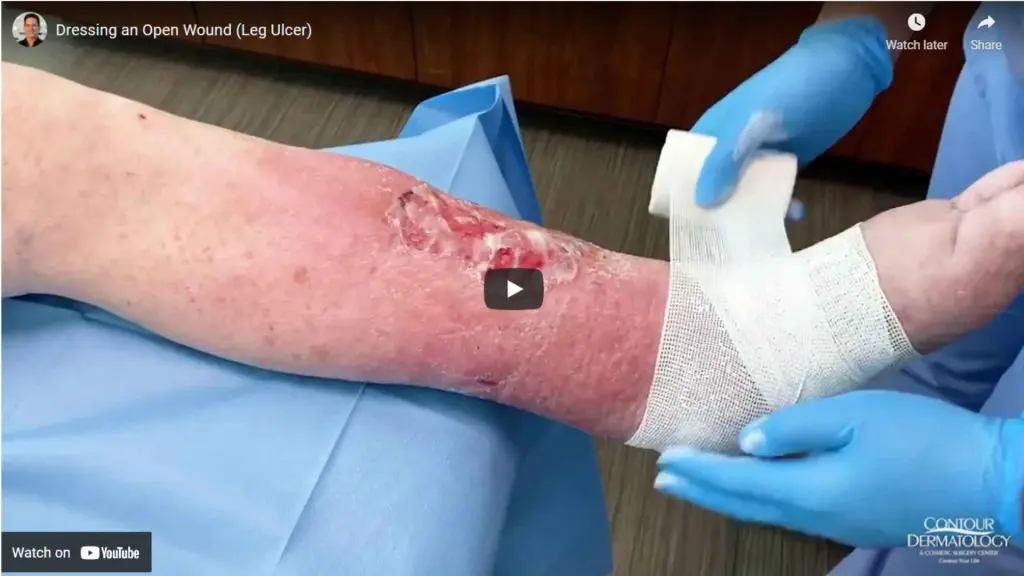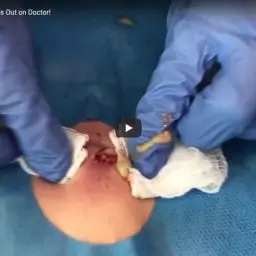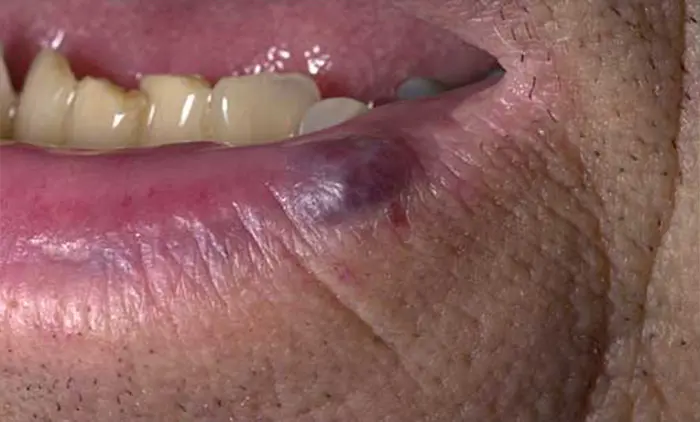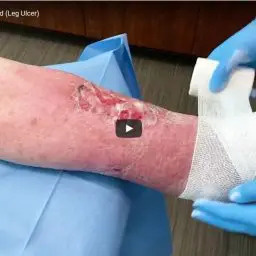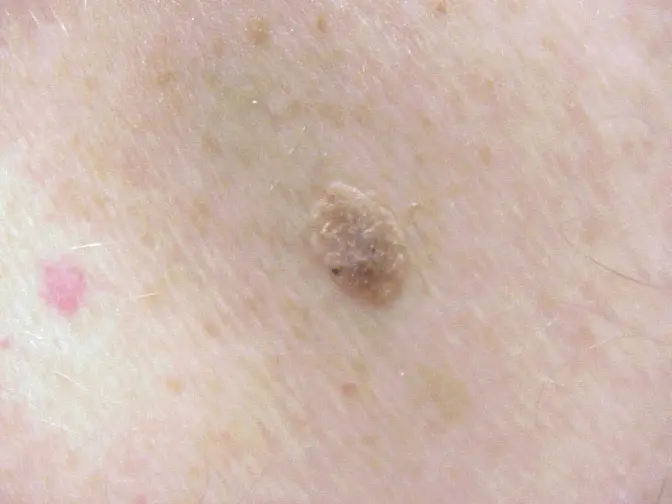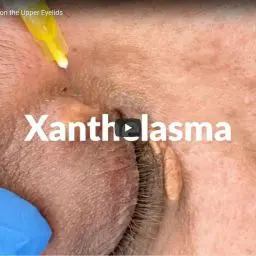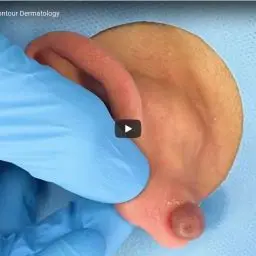Aphthous Stomatitis
Skin Conditions
Aphthous stomatitis, or a canker sore, is a common and benign ulceration of the mucous membranes in the mouth. These lesions can be quite painful but typically resolve without treatment in 1-2 weeks. Canker sores usually begin to appear in childhood or adolescence and may recur for several years before resolving completely.
Aphthous Stomatitis
Skin Conditions
Aphthous stomatitis, or a canker sore, is a common and benign ulceration of the mucous membranes in the mouth. These lesions can be quite painful but typically resolve without treatment in 1-2 weeks. Canker sores usually begin to appear in childhood or adolescence and may recur for several years before resolving completely.
Causes of Aphthous Stomatitis are not Well Understood
In most cases the only symptoms are the appearance of the ulcer inside the mouth and the associated pain, but in severe cases this discomfort can interfere with normal eating and can cause unintentional weight loss and scarring. This is made worse by spicy/acidic food and drinks.
The mechanism behind the formation of these lesions is not well understood but is thought to be influenced by a number of factors. It is known that the immune system is almost always involved, however, it is not typically considered to be an autoimmune disease because it lacks certain characteristics common to such conditions such as an association with other autoimmune diseases. It is, however, associated with certain systemic conditions including behçet’s disease, celiac disease, cyclic neutropenia, nutritional deficiencies, IgA deficiency, immunocompromised states (HIV/AIDS), inflammatory bowel disease, MAGIC syndrome, PFAPA syndrome, reactive arthritis, sweet’s syndrome, and ulcus vulvae acutum.
Cigarette smokers are less likely to develop aphthous stomatitis. This is thought be due to the increased keratinization secondary to cigarette smoke – therefore it is thought that the <strong>thickness of the mucous membranes plays a role in a person’s risk</strong> for developing this condition. Finally, it has been theorized that canker sores may be a <strong>hypersensitivity or allergic reaction</strong> to unknown triggers. It is important to note that these lesions are not contagious, sexually transmitted, or a marker for malignant cancers.
There are three main classifications of aphthous stomatitis:
Minor aphthous ulcerations represent the vast majority of cases. These sores are small (less than 10 millimeters) and resolve without treatment or scarring within 1-2 weeks.
Major aphthous ulcerations are larger (greater than 10 millimeters), deeper, and take much longer to heal – usually about 20-30 days. These ulcers can leave scars once healed and their associated pain can interfere with comfortable eating and drinking.
Herpetiform ulcerations resemble herpes sores but are not caused by the herpes simplex virus. They are very small (less than 1 millimeter) but usually appear in large numbers and individual sores may combine to create continuous patches of ulceration. This form tends to recur more quickly than the other forms, but generally heals within 15 days without scarring.
Treatment Options:
Treatment for aphthous stomatitis is almost always neither necessary nor curative – most treatment focuses on relieving pain and inflammation as the lesions are self-limiting. Topical anesthetic can be used to reduce pain, topical antiseptics can promote healing, and topical steroids can reduce inflammation. In more severe cases oral forms of the same medications may be utilized. Oral hygiene is important to prevent the lesions from becoming infected. Contact your dermatologist if you suffer from some of the symptoms of aphthous stomatitis for evaluation and treatment.




